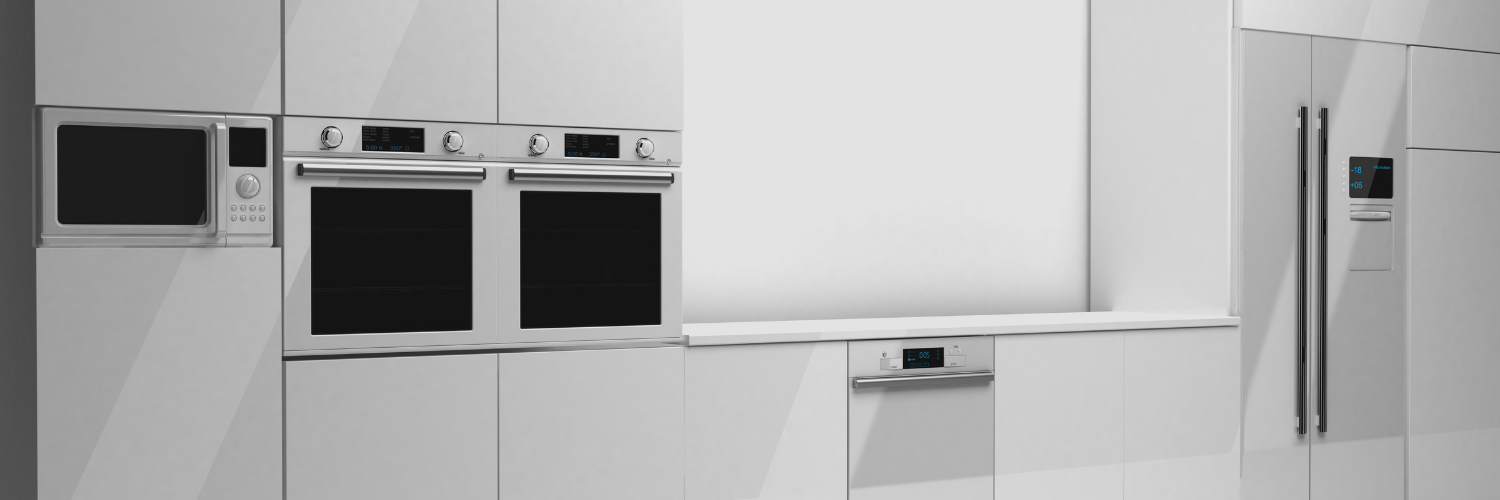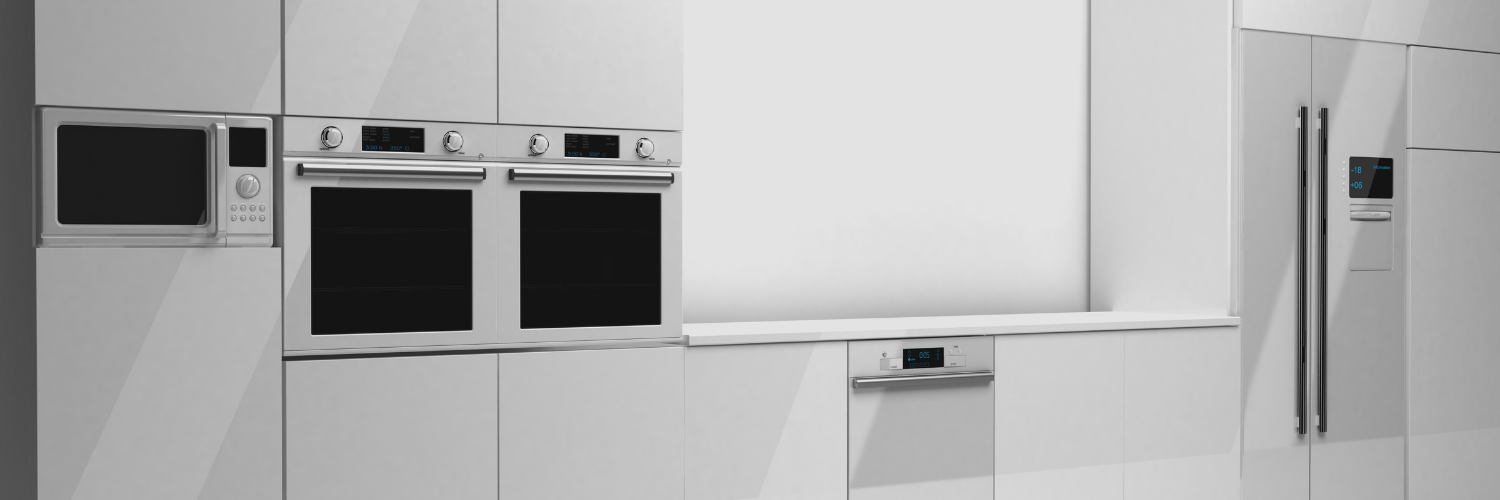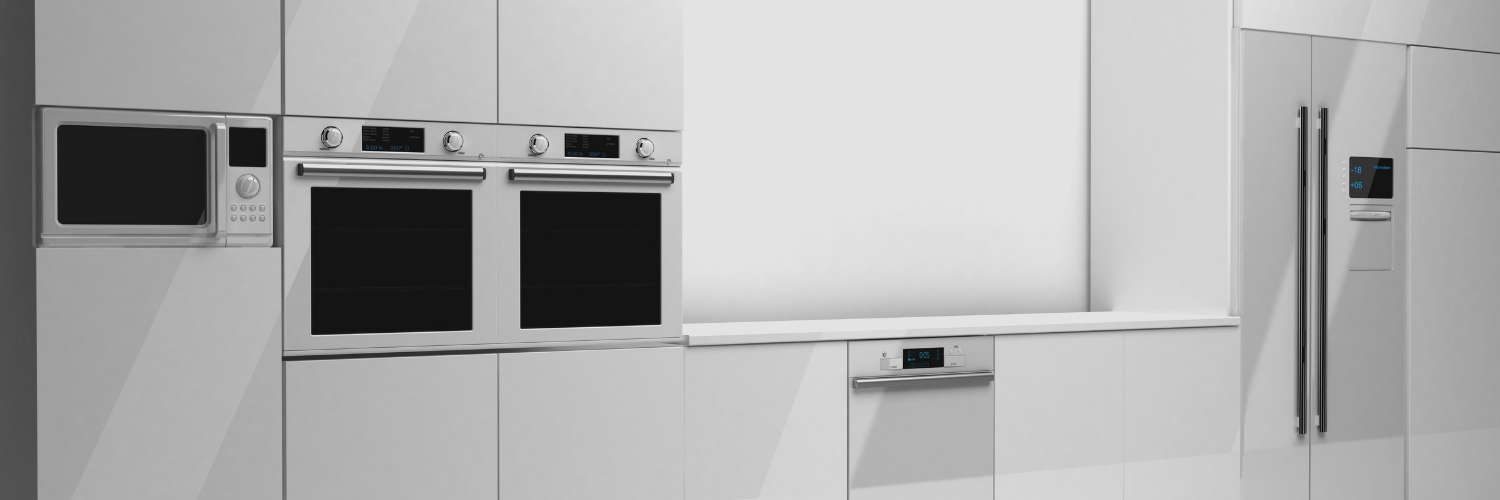Is Appliance Repair Hard to Learn
Is Appliance Repair Hard to Learn? Unveiling the Truth

Appliances have become integral parts of our daily lives, and when they malfunction, the need for reliable repair services arises. Many people wonder if appliance repair is a challenging skill to acquire. In this blog post, we will explore the question, "Is appliance repair hard to learn?" and shed light on the learning process involved in becoming proficient in appliance repair.
The Myth of Complexity:
Appliance repair may seem intimidating at first glance, with its intricate components and technical jargon. However, the perception that learning is overwhelmingly difficult is often a misconception. While certain repairs may require specialized knowledge, basic troubleshooting techniques and a fundamental understanding of electrical systems can resolve many common appliance issues. With the right resources, guidance, and practice, appliance repair can be within reach for motivated individuals.
Accessible Learning Resources:
In today's digital age, learning appliance repair has become more accessible. Numerous online resources, tutorials, and instructional videos are available to guide beginners through the repair process. These resources provide step-by-step instructions, tips, and troubleshooting guidance for various appliance models. Additionally, there are books, forums, and online communities where aspiring repair technicians can seek advice, share experiences, and learn from industry professionals. With dedication and self-directed learning, individuals can acquire the necessary knowledge to perform basic appliance repairs.
Basic Electrical Knowledge:
A foundational understanding of electrical systems is beneficial when learning appliance repair. However, it is not necessarily a prerequisite. Many entry-level repairs involve simple tasks such as replacing faulty components, tightening connections, or cleaning filters. As one learns, they can gradually acquire the electrical knowledge needed to handle more complex repairs. Online courses or workshops focused on electrical principles can provide a solid grounding in this area.
Hands-On Experience:
While theoretical knowledge is important, practical experience is equally vital in mastering appliance repair. Practicing working with real appliances is essential, gaining familiarity with their components and common issues. One approach is to start with simpler repairs, such as fixing a leaky dishwasher or replacing a refrigerator gasket, before moving on to more intricate tasks. Engaging in hands-on repairs allows individuals to develop problem-solving skills, refine their techniques, and build confidence in their abilities.
Continuous Learning and Adaptation:
The appliance repair field constantly evolves, with new technologies and models entering the market. To stay current and maintain expertise, ongoing learning is necessary. Manufacturers often provide training programs and certifications for their appliances, ensuring technicians are up-to-date with the latest advancements. Attending industry conferences, joining professional associations, and networking opportunities can contribute to ongoing learning and skill development.
Conclusion:
While appliance repair may initially appear daunting, learning is not inherently difficult. With accessible resources, a willingness to learn, and hands-on experience, individuals can develop the necessary skills to perform basic repairs and tackle more complex tasks over time. Continuous learning and adaptability to industry changes are essential for maintaining expertise in this field. So, if you are interested in appliance repair, don't let the perceived difficulty discourage you. Embrace the learning process, and you may be on a rewarding journey to becoming a proficient appliance repair technician.



